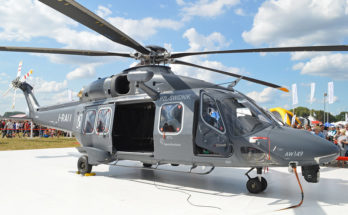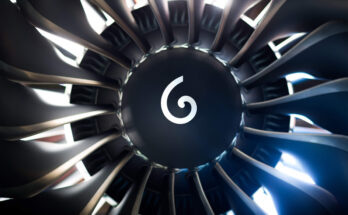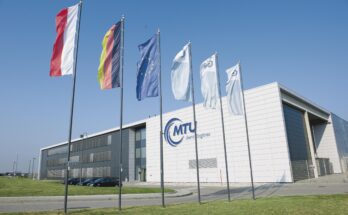A hydrogen-powered airliner is an emerging technology that aims to replace conventional fossil fuels with hydrogen as the primary energy source, offering a cleaner, more sustainable future for aviation. The concept can be realized in two main ways: through hydrogen combustion in modified jet engines, or through hydrogen fuel cells that power electric motors. Both methods could reduce or even eliminate carbon emissions during flight, with the only byproduct of hydrogen use being water vapor.
In the combustion-based design, hydrogen is burned in gas turbines in much the same way as traditional jet fuel. The engines are modified to accommodate hydrogen’s unique properties, such as its higher flame speed and lower ignition energy. A second approach relies on an all-electric solution. These systems convert hydrogen and oxygen into electricity through a chemical reaction in the fuel cell, which then powers electric motors connected to propellers or fans. While this method is more efficient and quieter than combustion, it is currently better suited for short- to medium-range aircraft due to energy storage limitations.
A key challenge for hydrogen-powered aviation lies in storing hydrogen fuel. It has a low energy density by volume, so it must be stored either as a high-pressure gas or, more commonly, as a super-cooled liquid at –253°C (–423°F). This requires specially designed cryogenic tanks that are bulkier and heavier than traditional fuel tanks. These tanks are usually placed in the aircraft’s fuselage or tail section, which can influence the overall design and balance of the aircraft.
Environmental benefits are a major driver behind hydrogen aviation research. Unlike conventional jet fuel, hydrogen does not emit carbon dioxide when used. If the hydrogen is produced using renewable energy sources—a process known as generating “green hydrogen”—the entire lifecycle emissions can be minimal. However, water vapor released at high altitudes still has some environmental impact, potentially affecting cloud formation and climate.
Despite its promise, several hurdles remain before hydrogen-powered airliners become mainstream. The production and distribution of green hydrogen need to be significantly scaled up. Airports will require new fueling infrastructure and safety protocols to handle hydrogen. Extensive testing and certification are needed to meet the stringent safety and performance standards of commercial aviation.
Airbus has been the leader in the push to commercialize hydrogen power, but it recently revised its ambitious timeline for developing the technology. Initially, the company aimed to introduce zero-emission planes by 2035. However, that target has now been delayed by up to a decade.
The primary reason for this adjustment lies in the significant challenges associated with developing a robust hydrogen ecosystem. For hydrogen-powered aircraft to become a reality, a reliable and large-scale supply of green hydrogen is necessary. Green hydrogen, produced using renewable energy sources like solar and wind power, is essential to ensure that this technology truly contributes to decarbonizing the aviation industry, rather than simply shifting emissions from the tailpipe to another part of the energy supply chain.
Airbus CEO Guillaume Faury says the development of the necessary infrastructure is not advancing as quickly as the company had initially anticipated. This infrastructure encompasses the entire value chain, including the production, storage, and distribution networks required to support a fleet of hydrogen-powered aircraft. The company’s collaborative efforts with airports to establish this complex infrastructure have faced significant hurdles, including regulatory complexities, technological limitations, and the sheer scale of investment required.
Current production of green hydrogen levels are far from sufficient to support the demands of a future aviation industry powered by this alternative fuel. Scaling up production to meet those demands will require massive investments in renewable energy capacity and the development of new production technologies.
This doesn’t mean Airbus is abandoning hydrogen altogether. The manufacturer is continuing to invest in the development of critical technologies. These investments include advancements in hydrogen fuel cells, which convert hydrogen into electricity to power the aircraft, and cryogenic storage, which involves storing hydrogen in its liquid form at extremely low temperatures to maximize energy density.
In the meantime, while acknowledging the long-term potential of hydrogen, Airbus is also focusing on more immediate solutions to mitigate the environmental impact of aviation. Sustainable aviation fuels (SAF) have emerged as a key priority in this regard. SAF, derived from sources like biofuels and synthetic fuels, can be used in existing aircraft engines with relatively minimal modifications. This makes them a more readily available solution for reducing emissions in the short term, as they do not require a complete overhaul of aircraft design or airport infrastructure.
The delay in Airbus’s hydrogen plans underscores the complex challenges involved in transitioning to new energy sources, particularly in an industry as complex and highly regulated as aviation. While hydrogen holds great promise as a clean aviation fuel, its widespread adoption hinges on overcoming substantial infrastructure and supply chain hurdles.



